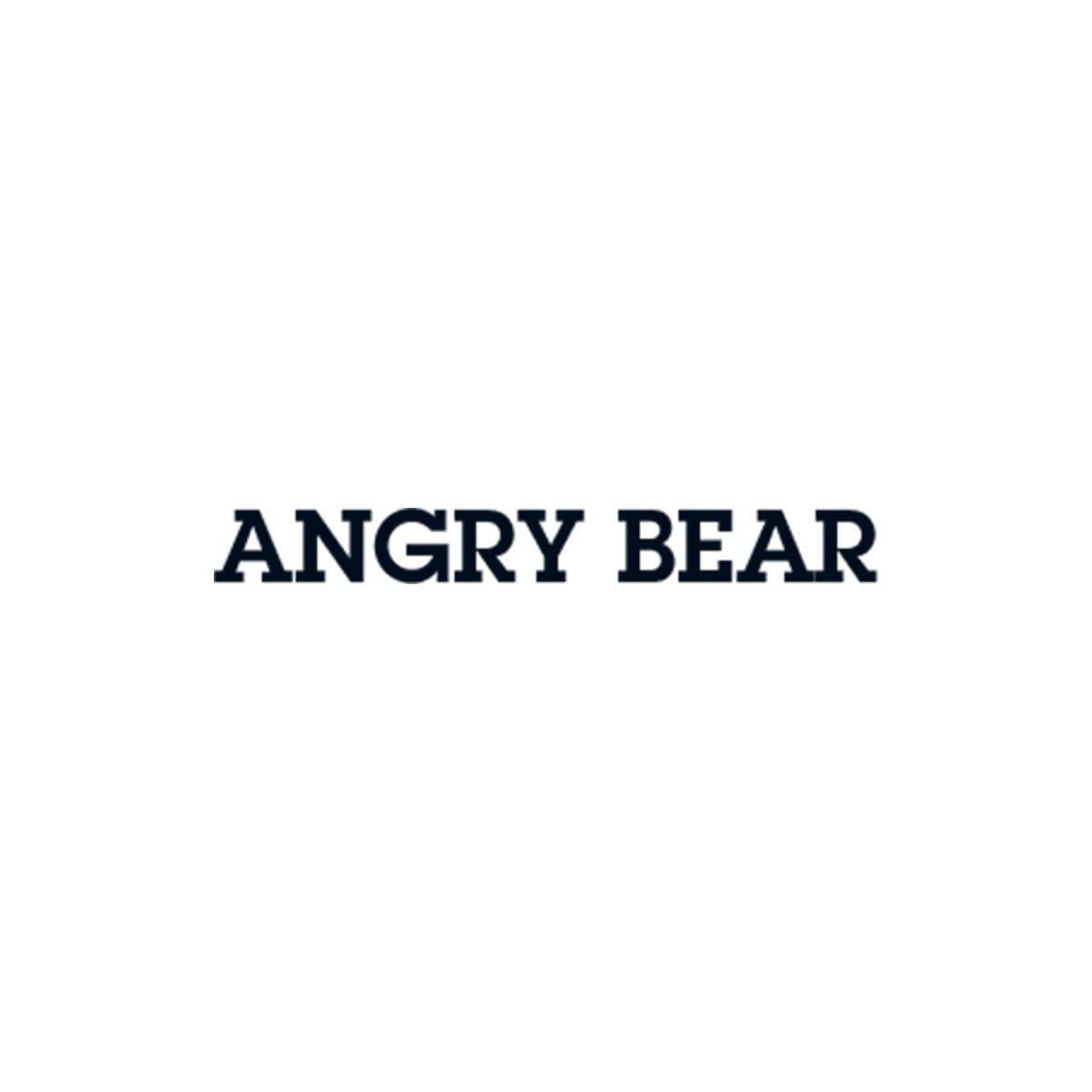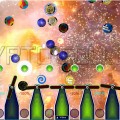– by Steve Roth
This post is in response to a very brief Bluesky exchange I had with Dan Rohde and DT Cochrane about the origins of “The Dollar” (specifically U.S.). It led me to read about the U.S. Coinage Act of 1792. Here’s the Wiki, and the Act itself — which I can’t believe I’ve never read before. It really helped cohere my thinking on this topic.
Before going on, a bald statement that’s necessary to what follows: Today, the U.S. Dollar is a purely abstract unit of account. It’s not “pegged” to any other measure of any kind, physical or otherwise. To misuse T.S. Eliot’s term from “Hamlet and his Problems,” The Dollar today has no “objective correlative.” It’s just an ethereal unit in which prices and accounting measures are numerated. (Both domestically and to a great extent internationally, because foreign [central] banks need to settle all their consolidated transactions with other banks, every night at the Fed, in Dollars. It’s where the rubber meets the brass tacks…)
The title of this post is an homage to Denise Schmandt-Besserat’s seminal How Writing Came About, which could equally be called How (Ac)counting Came About. Crucially, it’s not about some “invention” of writing, money, or units of account. It’s a messy, fumbling, bumbling evolutionary story (of course in a completely non-teleological sense of evolution). You can think of it as millennia of collective ideational bootstrapping, with no overall intention.
Do money/currency origin stories help us understand today’s pure abstract Dollar unit of account? I’ve written about this before (it’s short). Reading the Coinage Act has confirmed my conclusion: No. Those stories in all their interesting, messy complexity actually confuse our understandings of today’s “Dollar,” because, those stories (pretty much?) all involve pegged units of account. The U.S. Coinage Act is lousy with labeled commodity units/coins (e.g. the Spanish silver Dollar), weights, purity stipulations, etc. to which the new U.S. dollar is pegged. It even designates fixed gold-silver exchange rates.
I’ve written my own imaginary story about money being “created,” and this finally made me understand that it’s misbegotten. A king issues tin coins (substrate value ? zero) stamped “One Zunit,” distributes them to the people, and says “you can use these to pay your tax obligations!” (Cue MMT; it’s taxes that impart value to “currency”?)
But a subject (let’s say a baker) asks: I currently give you twenty bushels of wheat, ten goats, and ten days of labor a year. What parts of that obligation, how much of each part, is removed if I give you a zunit instead? If the baker doesn’t know that, they don’t know how many zunits to charge for a loaf of bread. The Zunit has no consensus value. The king wrinkles his forehead and frowns. Hmmm… “This is getting complicated. I need to peg the UofA to something, at least to get things going. Then the markets can take over relative pricing.” My story doesn’t work.
Ultimately it’s about having a consensus unit of account (with accounting transfers using coins, pen and ink, or computer ledgers designated in that unit). A person considers a dollar bill valuable because their landlord agrees on that value and will accept it for rent payment. “Fiat” tax obligations may be involved in kickstarting that consensus, but it’s not a simple process like in my story.
I’ve been trying to come up with a metaphor to explain pure units of account to people, simply and clearly. I’ve failed so far. These conceptual entities seem to be sui generis. The Inch is a unit of length; The Degree (C, F, or K) is a unit of warmth, etc. They all have precisely defined objective correlatives in the “real world.” The Dollar is a unit of…if anything, “stuff that has ‘value’ to humans.” Any ideas for a metaphor?
Oh and finally: I’ve been trying to cajole various experts into writing A History of Units of Account for some time now. It would certainly be a runaway bestseller. ? You, maybe?
I’ll leave that there. Metaphor suggestions, comments, and (especially) telling criticisms from my gentle readers are deeply welcome.



